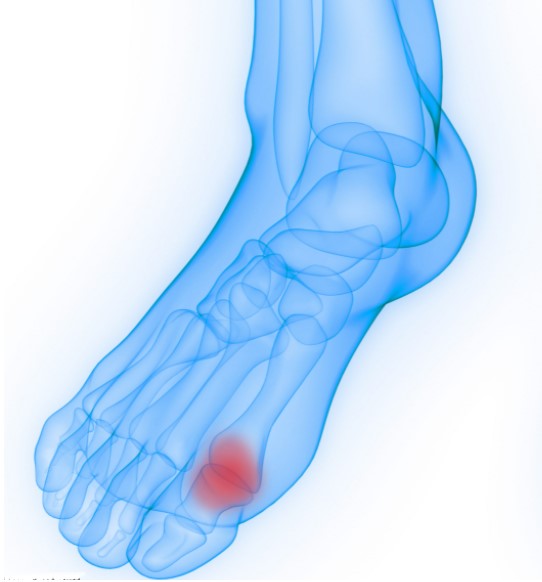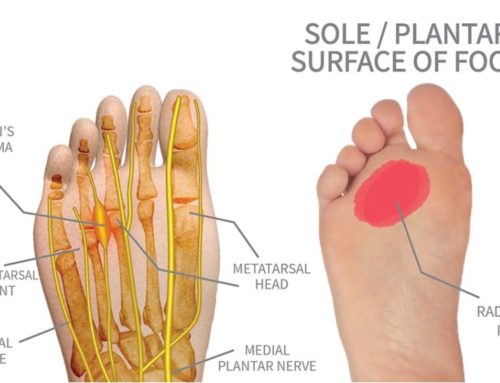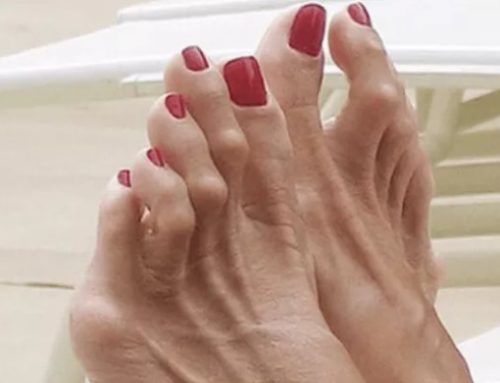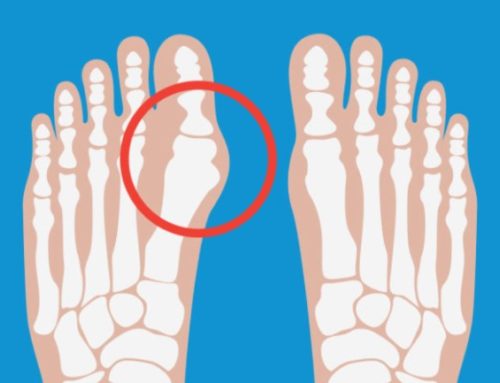Hallux Rigidus / Hallux Limitus (painful big toe joint)

The great toe joint, or metatarsophalangeal joint, is the joint where the great toe meets the foot. As we walk, a force approximately two times our body weight crosses over the great toe joint. This very small joint plays an extremely important role to stabilize the arch, absorb shock and to propel us forward in the gait cycle.
As a result of these constant and intense forces across the joint of the course of a person’s life, it is not uncommon to develop painful arthritis in the great toe joint.
Arthritis in the metatarsophalangeal joint presents as pain and stiffness at the joint. This condition may begin as what we call Hallux Limitus, where there is stiffness and a limitation of range of motion at the great toe joint. It is often commonly associated with swelling and pain along the joint line. Patients may have difficulty with certain activities such as walking, bending or squatting.
If left untreated, Hallux Limitus may advance into a condition called Hallux Rigidus. Hallux rigidus is characterized by a more severe limitation of motion along with swelling at palpable spurring along the joint line. In this situation, cartilage is often irreversibly damaged and the joint no longer functions in a normal fashion.
There are many causes of Hallux Limitus. Often faulty biomechanics, especially pronation (a foot that rolls inward) or fallen arches can be a root cause. Overuse, especially workers who stoop or squat regularly and of course trauma, acute or chronic can play a role in the development of this form of arthritis.
Conservative treatments include shoe gear modifications, custom orthotics, Physical Therapy, Anti-inflammatory medications, injection therapy and shockwave therapy. If conservative measures fail, surgical intervention may be warranted.
Surgical procedure selection depends on the severity of the arthritis. The goal of surgery is to eliminate painful motion. Sometimes in situations where the arthritis is mild, a joint “clean up” is appropriate where bone spurs can be removed or cuts in the bone are made to improve motion and decreased pain at the joint. In more advanced cases, if the joint cannot be salvaged, joint replacement or fusion of the joint may be necessary.
If you have any questions or concerns, please call Quality Foot Care at 215-230-9707 for a comprehensive examination and expert treatment.




Leave A Comment